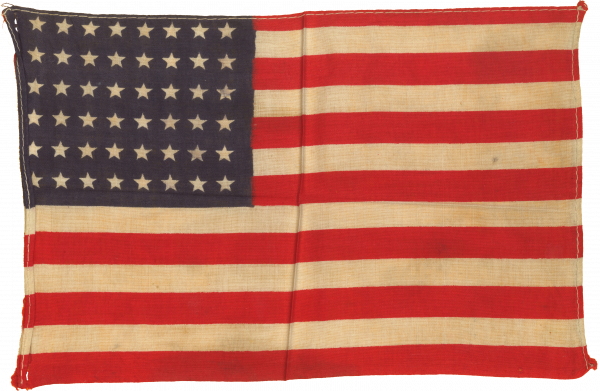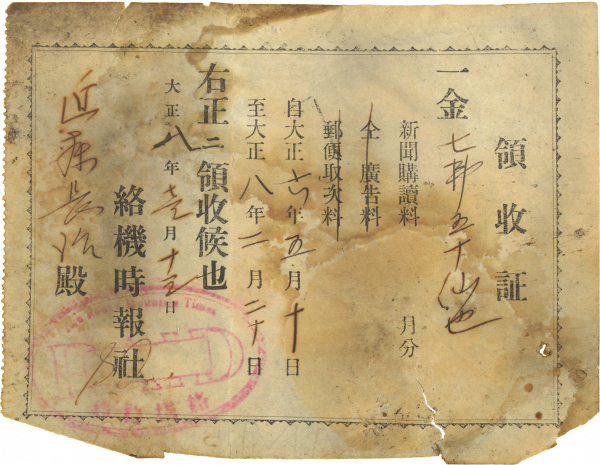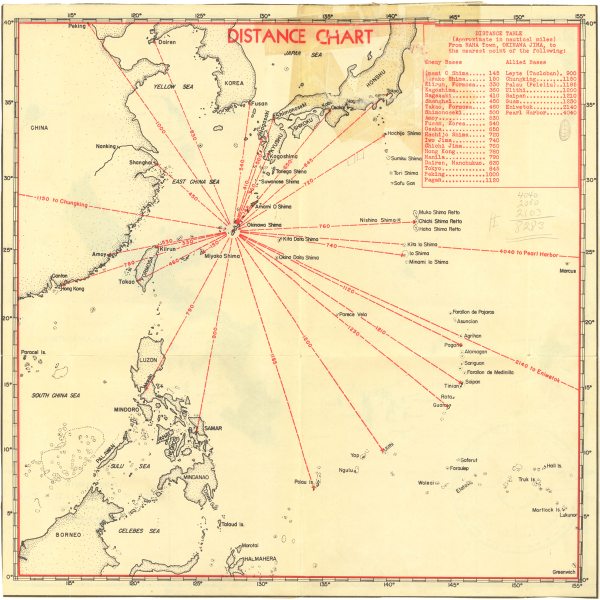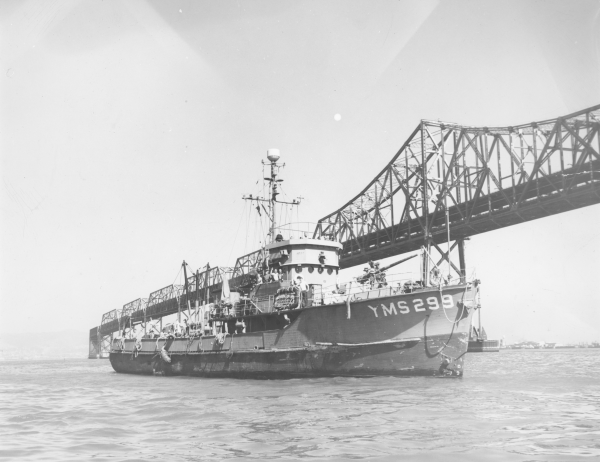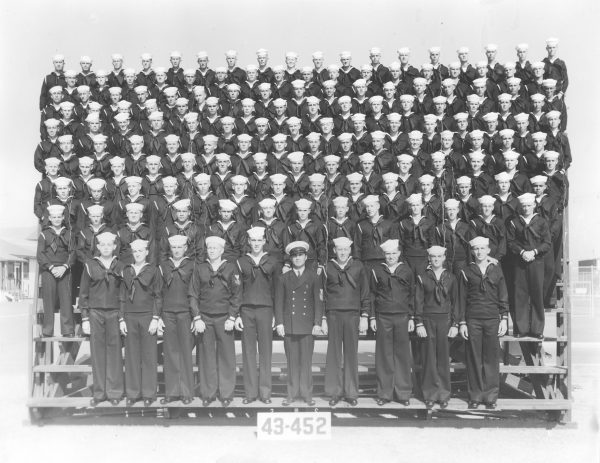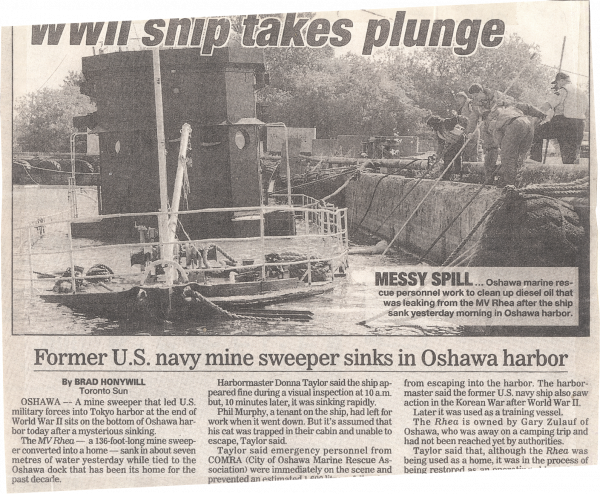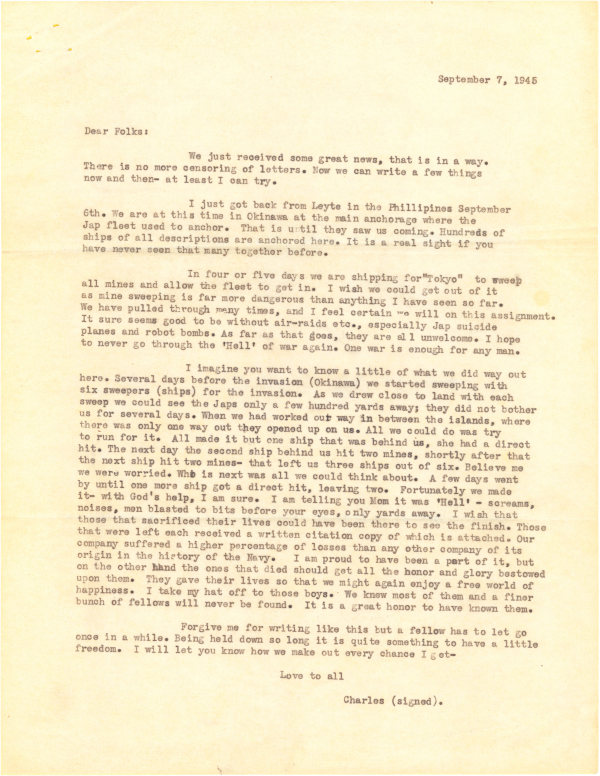I have a handful of photos of Chuck with his friends stationed in California for training, then in Hawaii. I’m not sure if any of these guys are still alive. I don’t have all of their names, but their nicknames and such are on a few of the photos.
Photos include (in order of appearance):
- William “Bill” Loren McIntyre, RdM3c (Svc. #896-64-93), of Hattiesburg, MS
- Charles Dean Paul (CDP), MoMM3c (Svc. #660-35-65)
- William “Bill” “Red” Hatch Davis, SoM3c (Svc. #884-88-90), of Salt Lake City, UT
- Joe Aragon, S2c/RM3c (Svc. #381-95-02)
- Welch
- Richard Millington George, S1c (Svc. #564-97-25), of Los Angeles, CA
- John, Eugene, Charlie, and Barbara (in the car photo)
Update: I found a family member of Joe Aragon and confirmed this is him on Find a Grave (1926–2012).
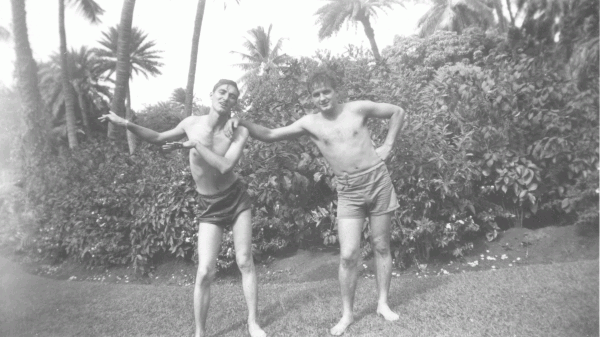
William ‘Bill’ Loren McIntyre, RdM3c, of Hattiesburg, MS and CDP; December 1944, Hawaii

